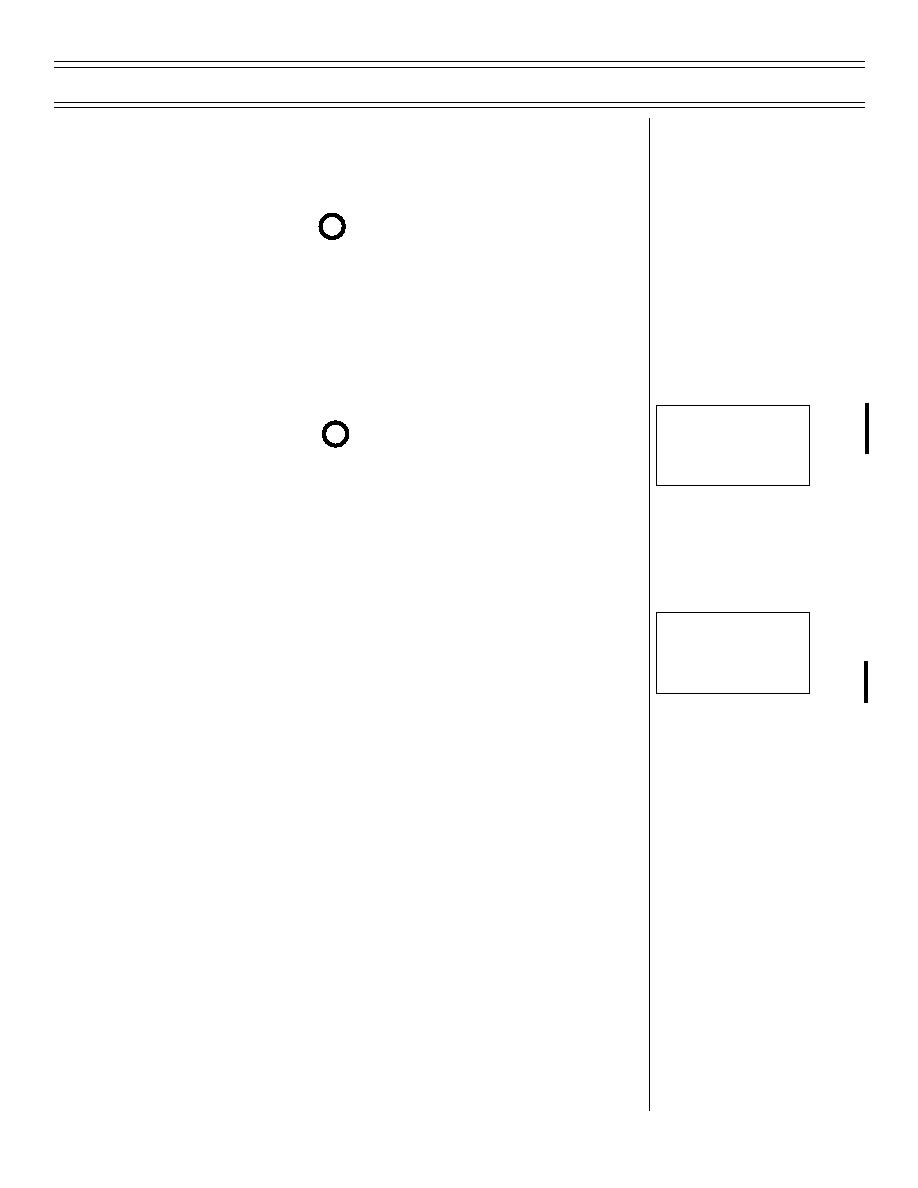
Interpretation of High Altitude Instrument Approach Plates
T-45A UJPT & E2-C2 INav-07
(2) Visual glideslope indicators
(a) Visual approach slope indicator
(VASI) V
i.
Both sides of runway
ii.
Visible 5 miles daytime, 15-20 miles at night
iii. WHITE over WHITE -- Too high
RED over WHITE -- On glideslope
RED over RED -- Too low
(b) Precision approach path indicator
Fig 3: Precision
(PAPI) P
Approach Path
Indicator (PAPI)
i.
New international system replacing VASI
ii.
Bar of four lights, usually on left side of runway
iii. 4 WHITE lights -- Too high
2 WHITE, 2 RED lights -- On glideslope
4 RED lights -- Too low
2. Full-page airport diagram
Fig 4: Full-page
Airport Diagram -
a. Scope - Airport diagrams are specifically designed to assist in
Oceana NAS
the movement of ground traffic at locations with complex
runway/taxiway configurations and to provide information for
updating computer-based navigation systems (i.e., INS, GPS)
aboard aircraft. Airport diagrams are not intended to be used
for approach and landing or departure operations.
b. Runway dimensions, elevations, and gradient (if greater than
0.3 degrees up or down)
c.
Airport diagram scales are variable
d. Runway heading to the nearest tenth of a degree
e. Dimension of runway overruns
f.
Runway identification number
g. Location of arresting gear, barriers, and displaced thresholds
h. Position and identification of taxiways, ramps, and parking
areas
i.
Type of runway surface
(6-99) Original
Page 7-11



 Previous Page
Previous Page
